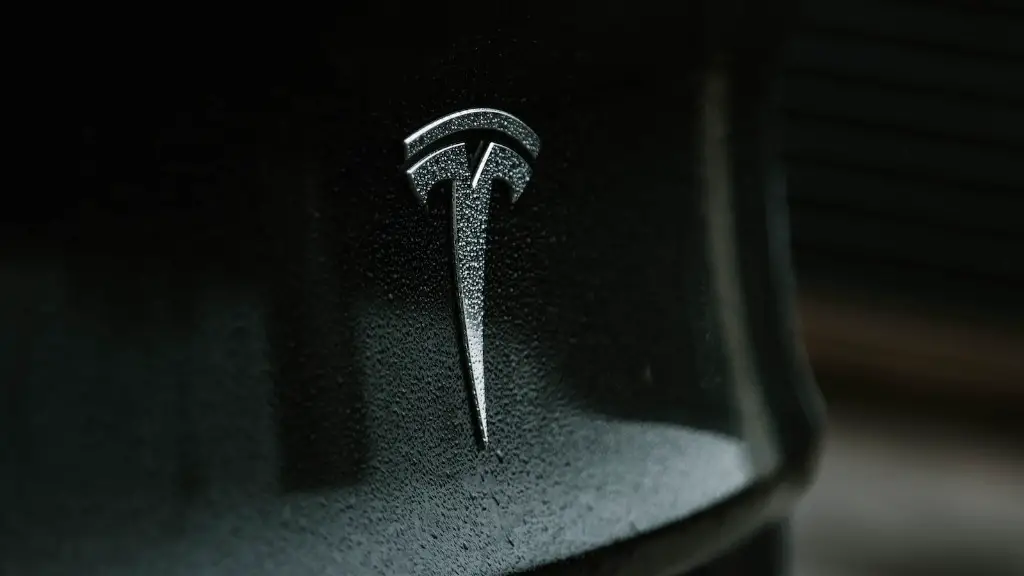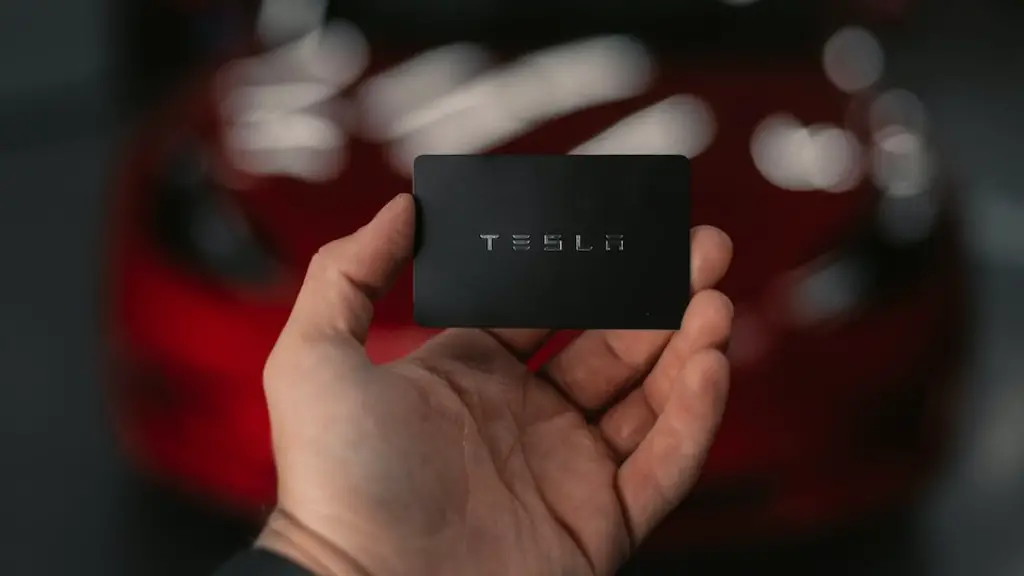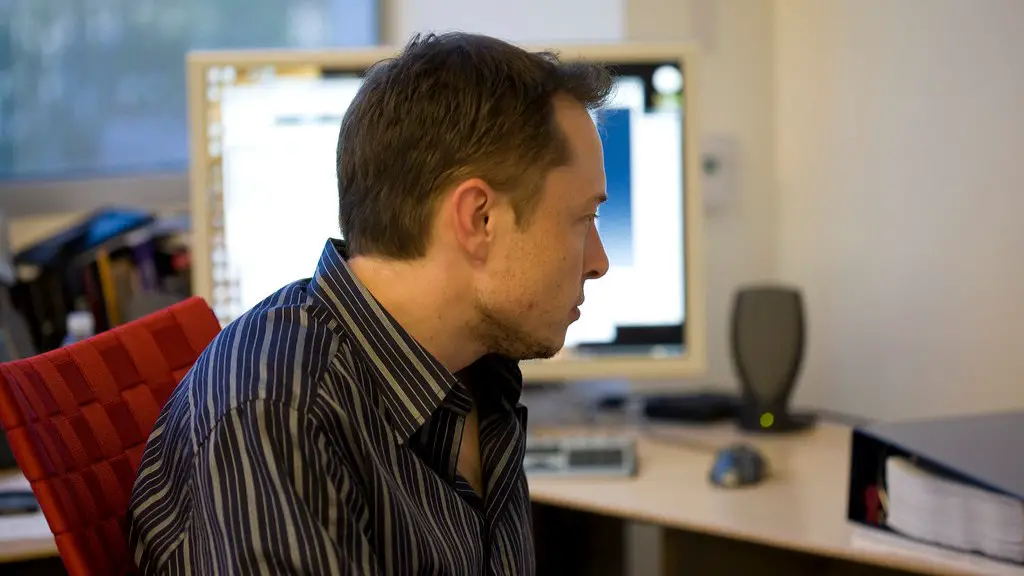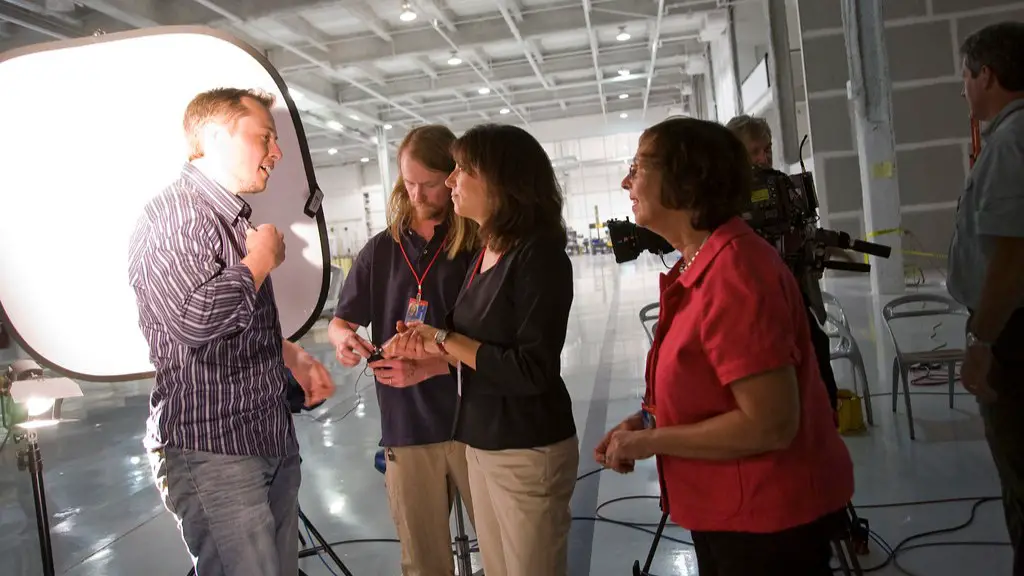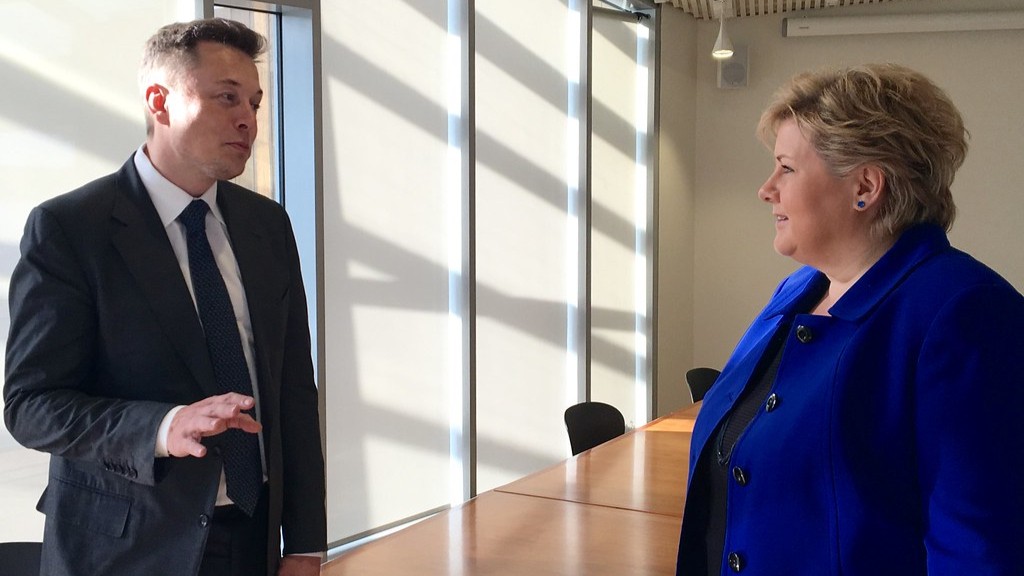Elon Musk made headlines in the summer of 2016, when Tesla Motors and SolarCity finally combined forces in an effort to create the world’s first sustainable energy company. The deal saw Tesla buy SolarCity for $2.6 billion, giving Musk two companies with a shared affinity – selling energy-saving vehicles and producing energy from the sun.
Since disclosing the acquisition, questions and doubts have been raised regarding Musk’s decision to purchase SolarCity and how the transformation from key players in two distinct markets would become a reality. This article seeks to analyze the merits of the deal, provide perspectives from experts and discuss Musk’s vision of reshaping the world’s energy sector.
When Musk announced he was buying Solarcity, the main concern that arose was whether this deal was driven by hope or by logic. This concern was even addressed by some of Musk’s close advisors who feared that “the purchase of SolarCity is a risky move, investing a lot of money into a business that has yet to show profitability”.
However, Musk’s critics overlooked several of SolarCity’s merits which highlighted the potential of the company to become a success. By integrating SolarCity’s approach to solar panels and other solar products with Tesla’s own energy storage solutions and battery charging systems, Musk could produce a one-stop-shop for energy-saving products.
The expert perspective on the acquisition of SolarCity came mainly from energy sector analysts. Alex Davies wrote for Wired explaining that “It makes perfect sense for Tesla to own SolarCity — and vice-versa.” As for Tesla’s approach to financing the acquisition, Davies believed that “using Tesla’s stock makes a certain kind of financial logic” and that this would help “reduce the risk of having to depend too much on third-party sources of capital, something that has been a problem for the solar industry in recent years.”
The merger of Tesla and SolarCity created a unique scenario whereby traditional energy suppliers have to compete with a clean, quick, powerful and economical way of delivering energy to its consumers. This, according to Musk, is what he hopes to achieve, by challenging the traditional methods of transportation and energy sector and developing a new way of looking at the world’s energy sector.
Creating Efficient Solutions
For Musk and SolarCity, the idea was to create an energy production & storage powerhouse. SolarCity’s panels are designed to be efficient and lightweight, giving consumers the ability to install them on their roofs. This could help homeowners, businesses and public services such as schools and hospitals to save on their energy bills as SolarCity and Tesla’s energy storage solutions could store excess energy for future use.
The long-term vision of the newly formed entity is to move away from the traditional methods of production and distribution, and develop a new model whereby SolarCity’s panels work in combination with Tesla’s battery charge and storage solutions. This means that Tesla and SolarCity have the potential to turn their solar power into electricity and store it in Tesla’s Powerwall batteries.
Furthermore, SolarCity’s home solar systems are portable and built with a common frame, which makes them more efficient to install than traditional bulky solar panels. This could contribute to the success of the deal, as distributed solar energy systems such as these can compete with traditional power grids and potentially become more popular.
The market for residential solar energy systems is expected to grow steadily. This is largely because of Government subsidies which make the installation of such systems more appealing for homeowners. Government subsidies make it possible for those who install solar panels on their roofs to start generating clean energy that can be used for their day-to-day needs.
In addition to government subsidies, Musk made it possible for SolarCity to quickly grow its business by providing short-term leases for homeowners and businesses. This allowed SolarCity to enter new markets and offer services that were not available to traditional energy suppliers.
Piece of the Pie
In the wake of the deal, some people viewed the acquisition of SolarCity a massive gamble on Musk’s part. At the time, some of SolarCity’s shareholders spoke out against the transaction and elected to dissent the deal due to their concern of not getting a fair price for their shares.
However, Musk’s decision to buy SolarCity makes a lot of financial sense. After all, the solar energy sector is expected to grow and this provides a great opportunity for Tesla and SolarCity to take a piece of the pie. Not only would the deal make a better business sense, but it would also provide a better experience for consumers.
SolarCity’s cutting-edge technologies make it easy to install and use, but it’s really the combination of Tesla’s expertise in battery-charging technology and SolarCity’s expertise in solar energy that makes this deal such an attractive proposition.
This acquisition provides an opportunity for Tesla and SolarCity to push their respective businesses forward and provide the world with clean and reliable energy. By integrating the two companies, Tesla could also create new energy solutions and products that would be more attractive to consumers.
State of the Art Technologies
Musk made it clear that the integration of Tesla and SolarCity would be a long-term investment. When asked about the deal and its feasibility Musk stated that: “SolarCity and Tesla are about building state of the art technologies that will bring the change we need to take our planet to a more sustainable direction.” While the transaction was executed with the aim to increase Tesla’s production and efficiency, Musk’s aim is much bigger than just turning a profit.
Furthermore, there is potential for SolarCity to become profitable as government subsidies become more available to homeowners, businesses and public services. In the US, SolarCity could benefit from such a scheme as reported by Bloomberg. This could make SolarCity more appealing to a larger market and enable Tesla and SolarCity to take a bigger slice of the pie.
The combination of SolarCity and Tesla could be a game changer in the energy sector, as the two companies have the potential to create valuable solutions that can help reduce the demand for traditional energy sources. Musk and Tesla could continue to invest in new technologies that would make solar energy more efficient and appealing to the mass market.
A highlight of the acquisition is that SolarCity’s panels and other energy-saving products are not only more efficient, but also easier to install than traditional energy sources. This means that with proper implementation, Tesla and SolarCity could potentially change the way people view energy production and efficiency in the long run.
Reducing Carbon Footprint
The integration of Tesla and SolarCity has the potential to reduce our carbon footprint as it opens the doors to more efficient and clean energy production. By using renewable sources, such as solar and wind power, people can reduce the impact they have on the environment.
Furthermore, investing in renewable energy makes financial sense in the long run as it is more affordable, efficient and reliable than traditional energy sources. This could have a substantial impact on our energy consumption as people may opt to switch to renewable sources of energy in order to save on their electricity bills and reduce their carbon footprint.
In addition, Tesla and SolarCity could create new technologies that allow homeowners and businesses to generate their own energy and store it for future use. This could free households from reliance on utility companies, promote self-sufficiency and help drive down electrical bills.
Tesla and SolarCity’s integration could also help promote the use of smart grids. By connecting to an existing grid, Musk could use Tesla’s battery charging and energy storage solutions to create an energy efficient grid. This could further their mission to reduce our energy consumption and eliminate energy waste.
Opportunities for the Future
Musk and Tesla have made great strides in their quest to revolutionize the energy sector. By integrating Tesla and SolarCity, Musk has demonstrated his ability to think outside the box and create a new way of looking at the energy industry. Now that SolarCity is part of the Tesla coming, Musk has the ability to further his ambition.
Tesla and SolarCity have the potential to create more efficient and cost effective energy solutions that can make a real difference to humanity in the future. By promoting clean and efficient energy, Musk could change the way we use energy and make the world a better place.
The combination of Tesla and SolarCity could also create new jobs and opportunities for the future. Governments could use this technology to reshape their energy sector and create new jobs for people who are involved in the renewables industry.
By integrating SolarCity and Tesla, Musk has created a unique opportunity to reshape the future of the energy sector. This could not only lead to more efficient and affordable energy production, but also create jobs and reshape our relationship with energy.
The Potential of SolarCity
Despite the risks and doubts raised about Elon Musk’s acquisition of SolarCity, the two companies have already demonstrated the potential of their integration. With their innovative approach to energy production and storage, Tesla and SolarCity could create an entirely new energy landscape.
As SolarCity’s technology continues to improve and government subsidies become more available, its potential to become profitable in the long run should not be ignored. This could translate into a bigger slice of the pie for both Tesla and SolarCity, which would be a great achievement for two of the world’s leading energy companies.
In summary, the integration of Tesla and SolarCity could revolutionize the energy sector and allow us to embrace renewable energy sources. This could help us reduce our reliance on traditional energy sources and bring us closer to achieving true sustainability in the energy sector.
